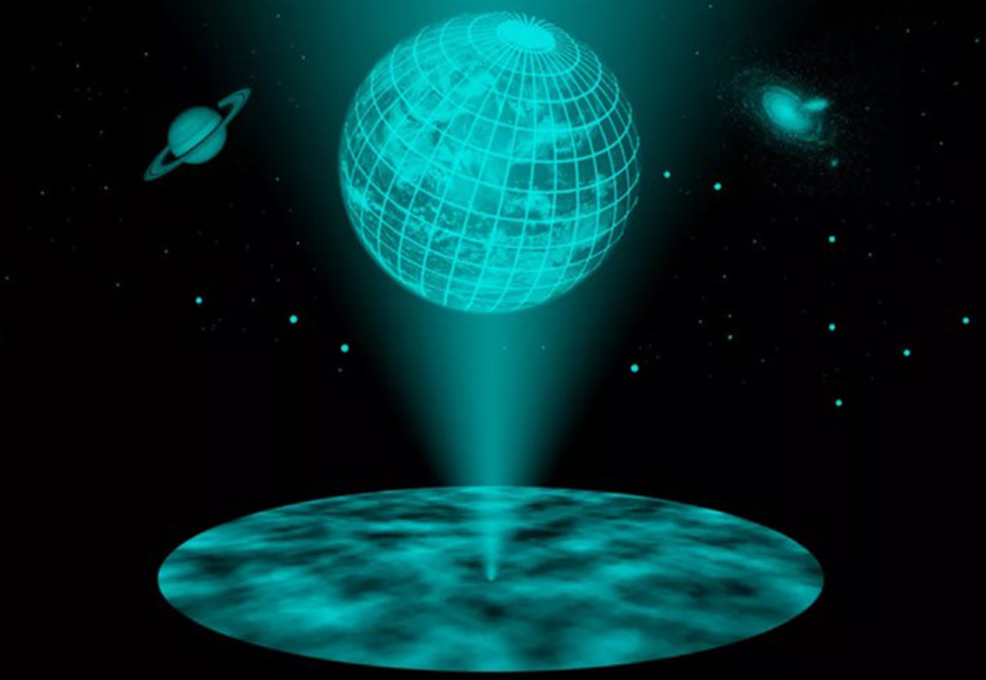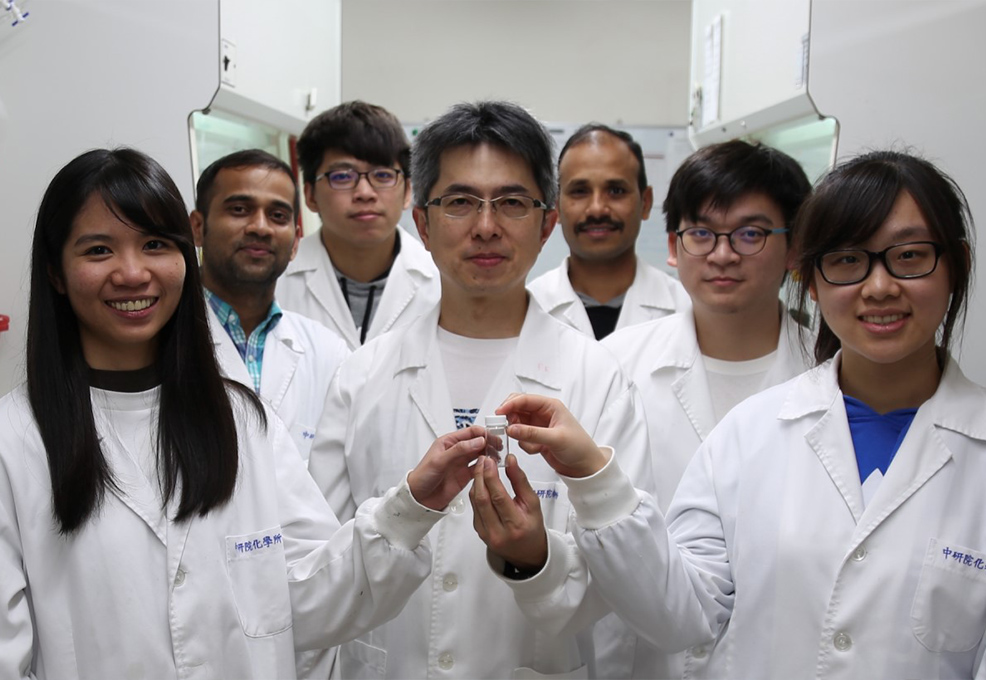The other chapter in Space Science: Is our world a hologram?

Author(s)
Ming-Chi ChouBiography
Prof. Mitch, Ming-Chi Chou received his Ph.D. from School of Optics (CREOL), University of Central Florida (UCF) in 2000. He joined the Department of Materials and Optoelectronic Science at National Sun Yat-sen University in 2004. He now serves as the Vice President for Research and Development. His majors are single crystal growth and condensed matter physics. He is the recipients of the Award for Outstanding Contribution in Science and Technology, granted by Taiwan’s Executive Yuan in 2014, and the Outstanding Research Award from Ministry of Science and Technology in 2011 and 2014. His research topics include laser, high-temperature superconductor, topological insulator, and scintillator.
Edited by
Prof. Ming-Chi Chou-
TAGS
-
Share this article
You are free to share this article under the Attribution 4.0 International license
- NATURAL SCIENCES
- Text & Image
- February 19,2019
Crystals, the power stones that grow in nature, have been used as a source of healing power and as magic to tell the future throughout all of human history. The mystery of crystal inspired scientists to investigate its substance and structure, and they attempted to grow it in the laboratory. Fortunately, it is possible today to grow many kinds of crystalline materials that are comparable in quality to the natural ones, such as silicon single crystal and quartz. These are the most significant materials for the Semiconductor Industry. Crystalline materials are regarded as crucial national tactical resources. To strengthen the development of crystal growth in Taiwan and promote its competitiveness in the global society of High-tech Industry, the Ministry of Science and Technology (MOST) granted funding for Prof. Ming-Chi Chou to establish the “Taiwan Consortium of Emergent Crystalline Materials” (TCECM) ” at National Sun Yat-sen University. The growth of Lu2O3-based scintillators, such as Ca+Ce: Lu2-xYxSiO5 (LYSO) from TCECM, can be cut into pixels and arranged in an array configuration that is applied in Positron Emission Tomography (PET), providing sensitivity in the detection of abnormal cell growth, such as those involved in cancer and Alzheimer’s disease. Chou’s research, contributing to improvedimprove medical imaging for better medical treatment, has attracted global attention.
%20and%20YbYAG.jpg)
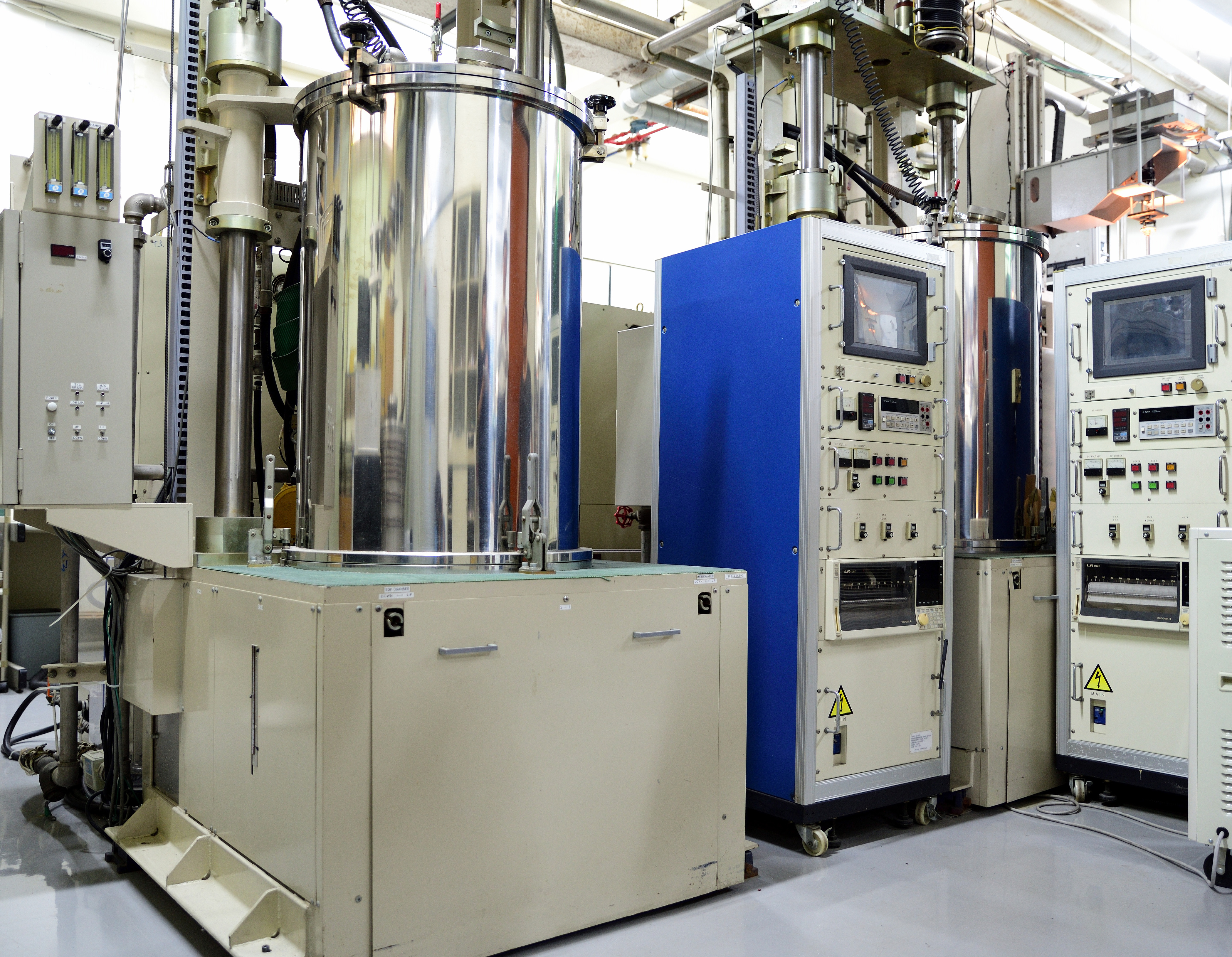
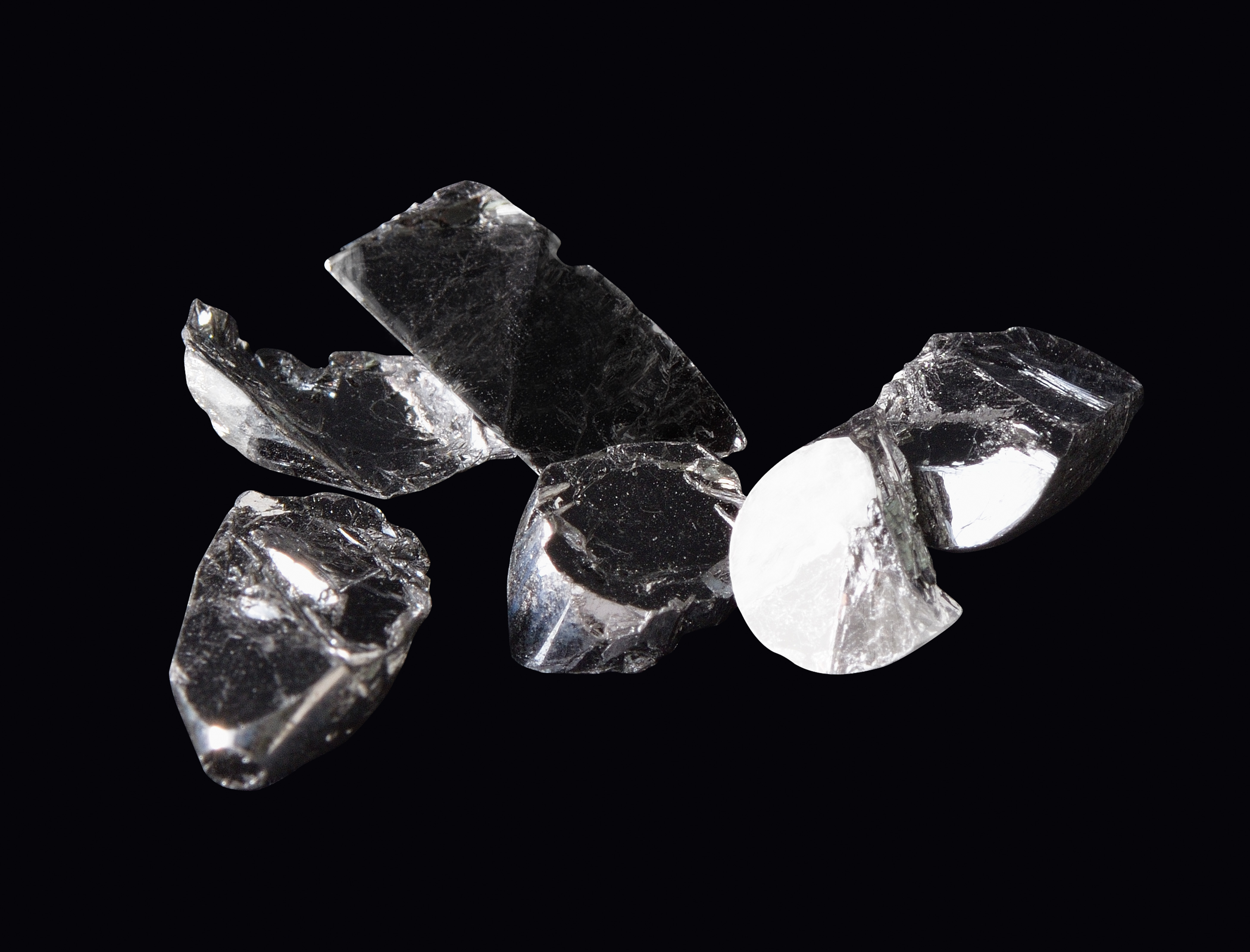
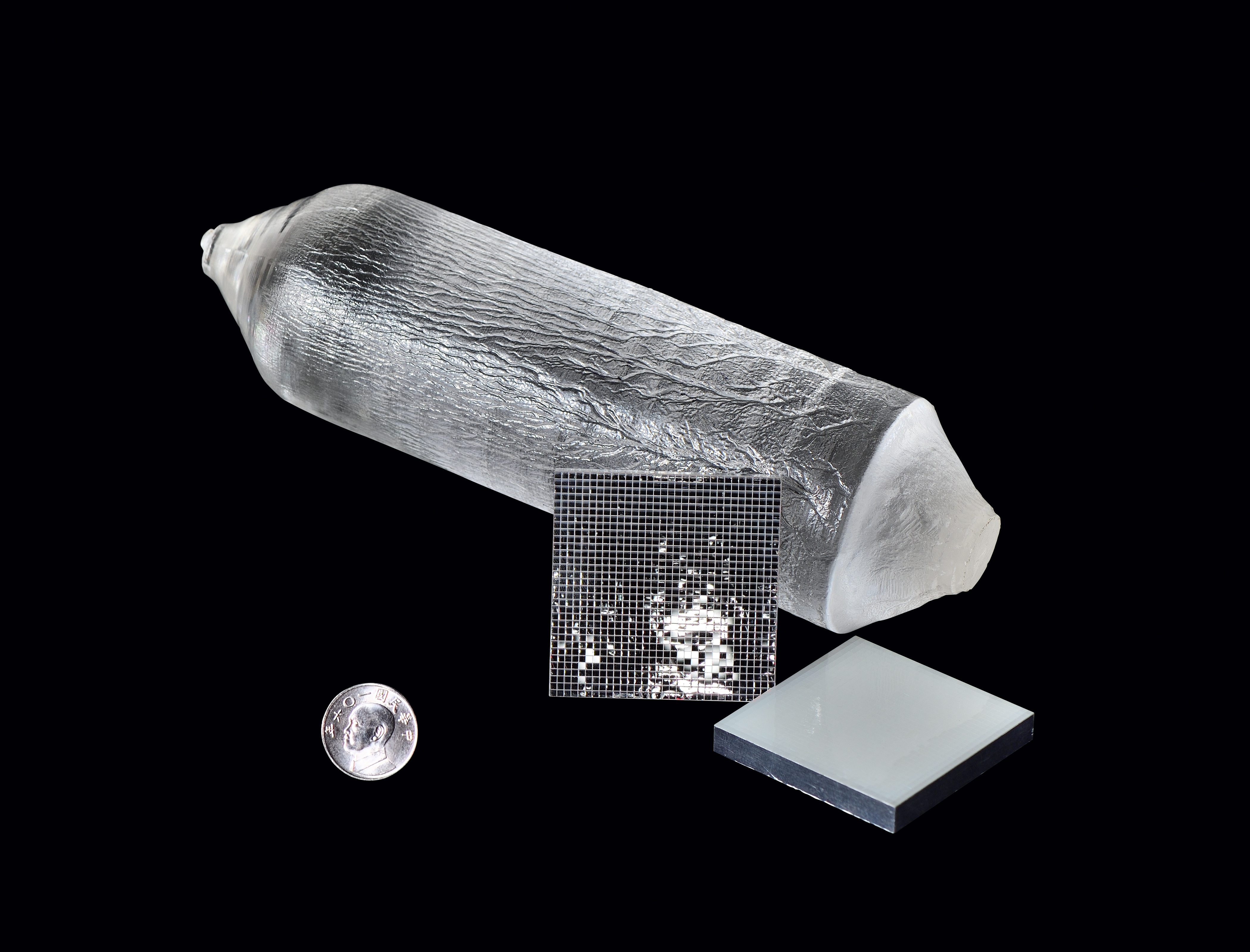
STAY CONNECTED. SUBSCRIBE TO OUR NEWSLETTER.
Add your information below to receive daily updates.


